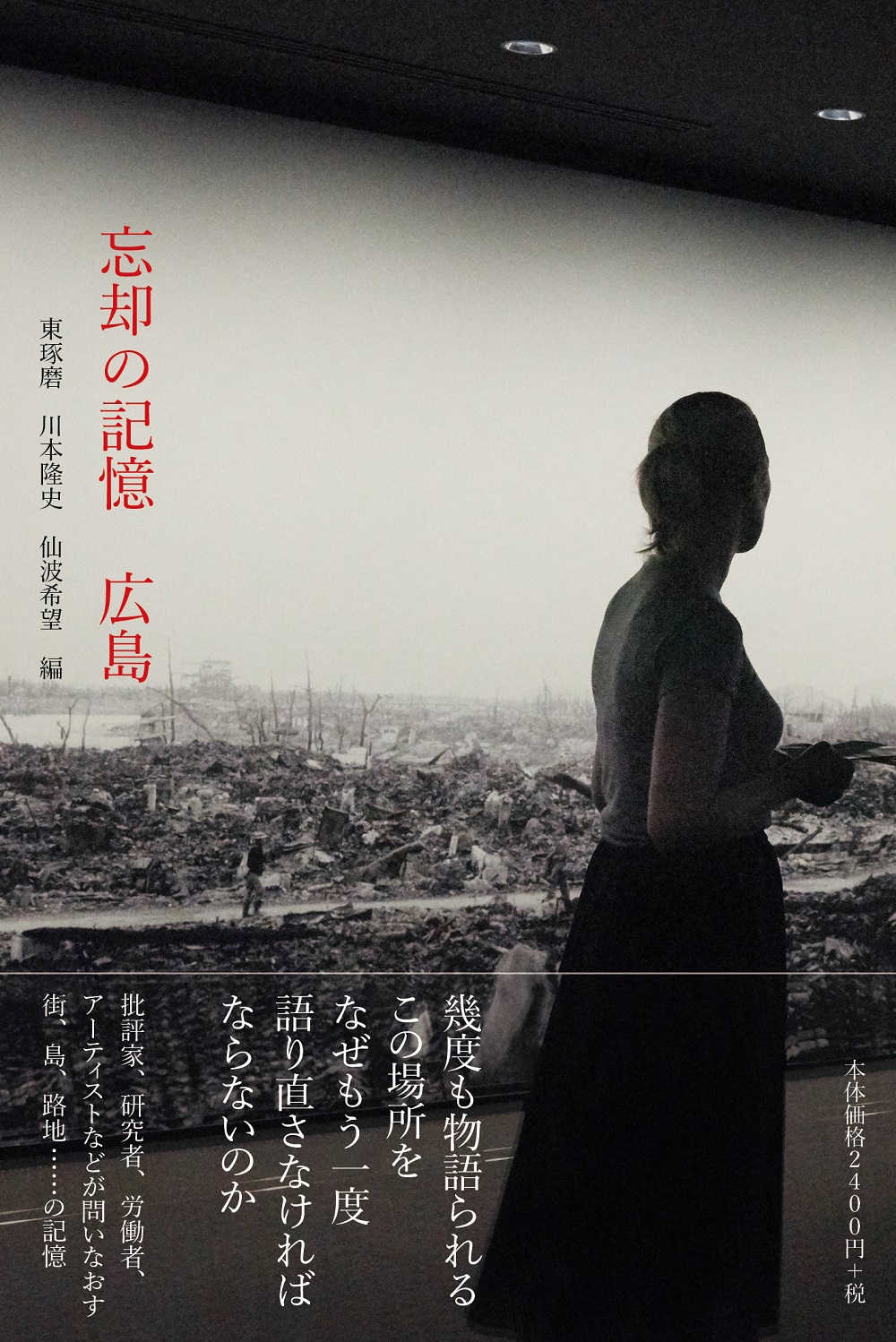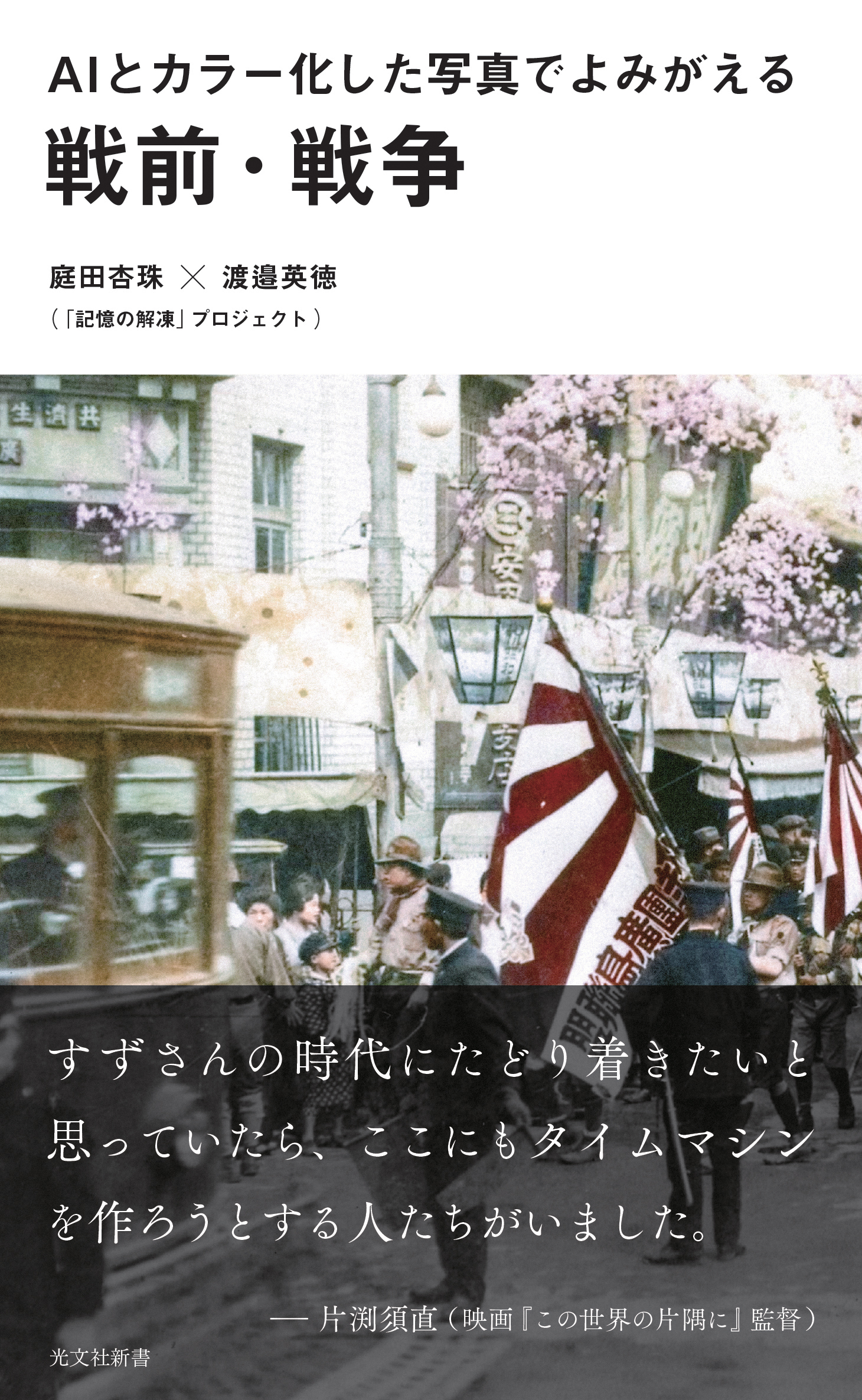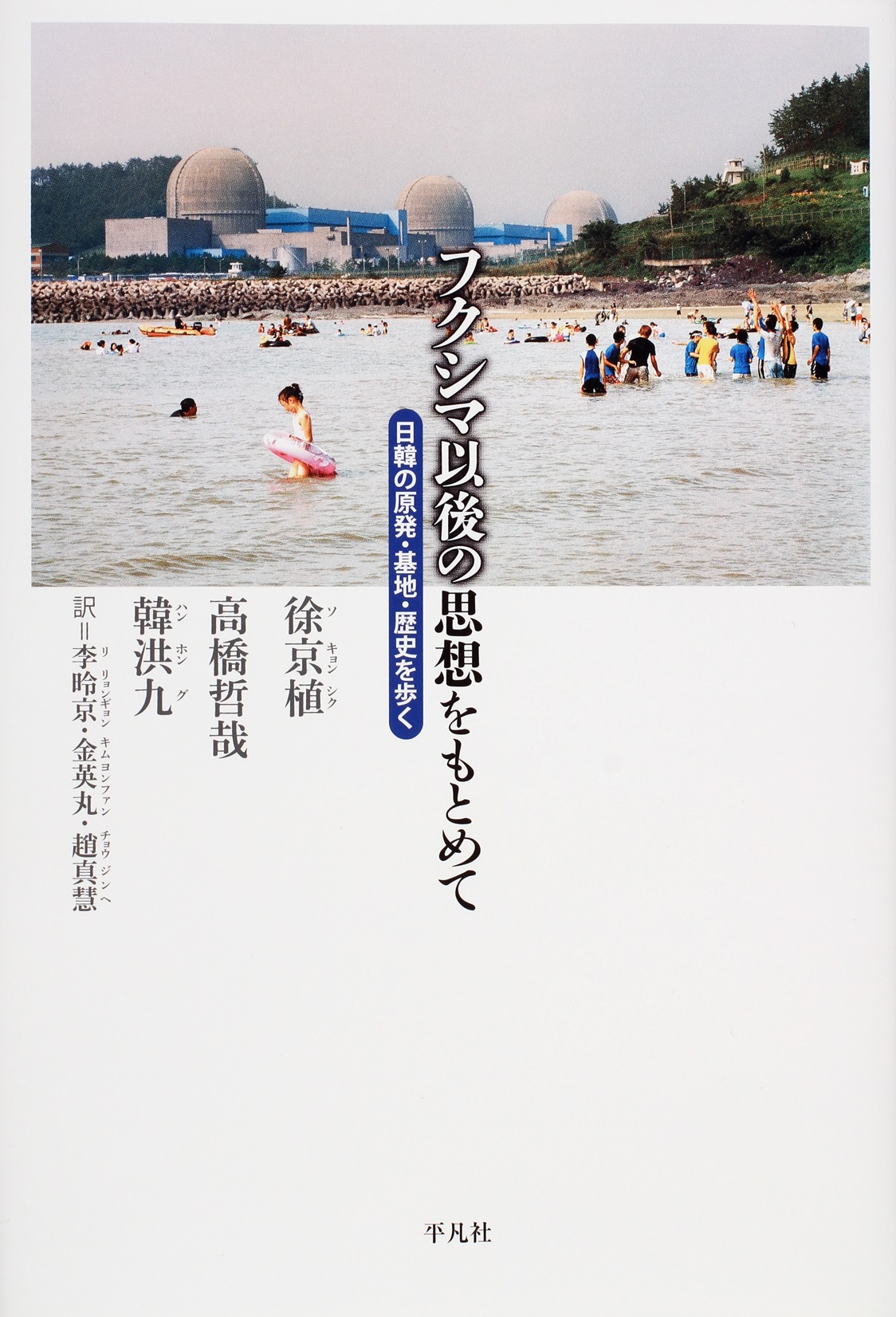
Title
Bokyaku no kioku: Hiroshima (Memories of Forgotten Things: Towards the Critical Contemporary Local History of Hiroshima)
Size
432 pages, 12mmx18mm, softcover
Language
Japanese
Released
October, 2018
ISBN
978-4-86503-065-5
Published by
Getsuyosha Limited
Book Info
See Book Availability at Library
Japanese Page
This is a unique collection of articles created over the course of 10 years by three editors, all born in Hiroshima yet of different generations and interested in different areas. Nozomu Senba, the youngest editor, describes the aim of this book, self-advertised as the launch of the field of “Hiroshima Studies,” as follows: “How do people in a complicated place that is both victim and perpetrator narrate or forget memories? It is only by asking why these things had to be forgotten that the Hiroshima of today can be shaken. This book is a new attempt and the beginning of the field of Hiroshima studies. To once again re-articulate this place, the story of which has been told time and again, 13 people—including critics, researchers, workers, and artists—weave memories of city streets, islands, alleyways…”
Takuma Higashi, also one of the editors of the book, says, “I vaguely wondered why the field of ‘Hiroshima Studies’ hadn’t come into existence like ‘Minamata Studies’ and also if it was possible to create it now.” He concludes that a “critical contemporary local history” awareness is necessary for Hiroshima at present (pp. 349–395). Higashi also says that the title, Memories of Forgotten Things, reflects the aim to “understand that there are things one doesn’t understand, remember that there are things one has forgotten, and know that there are things one does not know” (subtitle of postscript).
The introduction to this work comprises an article I wrote, and an interview. I am the oldest of the three editors. One of the interests that set this book in motion was the idea of “caring for memories,” which occurred to me during interactions with atomic bomb survivors and their children. It also addresses some issues raised at the international symposium on July 31, 2004, held by the Hiroshima Peace Institute.
Caring for memories refers to the project of carefully re-examining and correcting distortions of initial memories and missing parts while loosening attachment to fixed ideas, which memories of misfortune or pain tend to become. Caring for memories related to the atomic bomb addresses the memories of atomic bomb victimhood while revisiting individual lives and the feelings/thoughts of victims (which tend to be grouped together as those of victims of a massive massacre). It also offers a foothold for people to share their painful memories with those who were not victims. This is the overview I provide of the book in the introduction.
By glancing at the table of contents, our attempt to break away from the standard pattern of academic collections of articles becomes clear. Among the works in this book, which include “The Time and Space of Forgetting and Memory,” “History and the City,” “Words and Images,” and “Cultural Practice and ‘Hometown Studies,’” the record of the Gataro and Harumi performance “Food and Resentment(HAN),” which includes color photographs, stands out. We have also included a unique book guide and informative chronology at the end of this volume.
For stylistic and appearance purposes, we chose to present the book in an unusual size: 18×12cm As a finishing touch, we have included a richly evocative black-and-white photograph on the cover from Hiroshima-born photographer Keiko Sasaoka’s photography collection, Park City.
(Written by KAWAMOTO Takashi, Professor emeritus, Graduate School of Education / 2019)



 Find a book
Find a book



